 1998 Hyundai Sonata IV (EF) Dimensions, Size & Specs
1998 Hyundai Sonata IV (EF) Dimensions, Size & SpecsMeasurements of the 1998 Hyundai Sonata IV, engineered for optimal performance and comfort
| Dimensions | |
|---|---|
| Length: | 4710 mm185.4 in15.5 ft |
| Width: | 1818 mm71.6 in6.0 ft |
| Height: | 1410 mm55.5 in4.6 ft |
| Trunk Capacity: | 396 liter14.0 cu ft |
| Trunk Capacity (Max): | 374 liter13.2 cu ft |
| Weight Specifications | |
| Curb Weight: | 1310-1420 kg2888-3131 lbs |
| Maximal permitted Weight: | 1910-1975 kg4211-4354 lbs |
| Tire Specifications | |
| Rims Sizes: |
|
| Tire Sizes: |
|
The Hyundai Sonata IV, also known by its internal code EF, was produced from 1998 to 2001 as a midsize sedan aimed at providing a comfortable and spacious driving experience. This generation marked a notable update in design and size compared to its predecessor. Measuring 4710 millimeters (185.4 inches) in length and 1818 millimeters (71.5 inches) in width, the Sonata EF offered a roomy stance on the road, complemented by a relatively low height of 1410 millimeters (55.5 inches) that contributed to a sleek yet practical profile. The curb weight of the vehicle varied between 1310 and 1420 kilograms (2888 to 3130 pounds), depending on the trim and equipment level, which balanced performance and fuel efficiency effectively. The maximum allowable weight ranged from 1910 to 1975 kilograms (4211 to 4353 pounds), ensuring stable handling and a robust build quality for a sedan of its class.
Inside, the Hyundai Sonata EF provided a generous luggage capacity of 396 liters (13.98 cubic feet), making it suitable for everyday commuting and longer trips alike. When rear seats were folded, an unusual yet interesting specification reports a slightly lower luggage capacity of 374 liters (13.21 cubic feet), which may reflect a specific rear seat configuration or design feature. The car rode on steel or alloy rims sized between 14 and 15 inches, paired with tire dimensions of 205/60 R15 and 195/70 R14, affording a balanced combination of ride comfort and road grip.
Overall, the Hyundai Sonata IV (EF) positioned itself as a practical midsize sedan in the late 1990s and early 2000s, with a focus on space, comfort, and reliable performance. Its dimensions and weight class made it competitive among contemporaries, appealing to families and individuals looking for a value-packed vehicle with adequate interior room and modern styling for its time.
Discover the standout features that make the 1998 Hyundai Sonata IV a leader in its class
Have a question? Please check our knowledgebase first.
The Hyundai Sonata IV (EF) sedan, produced from 1998 to 2001, measures 4710 mm (185.4 inches) in length, 1818 mm (71.5 inches) in width, and 1410 mm (55.5 inches) in height. These dimensions position the Sonata IV comfortably within the mid-size sedan category, providing a spacious cabin while maintaining manageable external size for urban and suburban driving.
The curb weight of the Hyundai Sonata IV ranges between 1310 kg to 1420 kg (2888 to 3130 lbs), depending on the variant and equipment level. Its maximum permissible weight spans from 1910 kg to 1975 kg (4211 to 4355 lbs). This weight balance contributes to the vehicle’s steady handling and fuel efficiency, giving drivers a good mix of stability and performance.
The standard luggage capacity for the Hyundai Sonata IV is 396 liters (approximately 14 cubic feet), which is quite generous for a mid-size sedan. Interestingly, folding the rear seats down slightly reduces the rear luggage capacity to 374 liters (around 13.2 cubic feet), which may be due to the geometry and seat design. This capacity offers practical cargo space for daily errands and occasional larger loads.
Yes, the Hyundai Sonata IV fits comfortably into a standard residential garage. With a length of 4710 mm (185.4 inches) and a width of 1818 mm (71.5 inches), it is within common garage dimensions which are generally around 6 meters (20 feet) long and at least 2.4 meters (8 feet) wide. The relatively low height of 1410 mm (55.5 inches) also ensures ample overhead clearance, making it convenient for everyday parking.
The Hyundai Sonata IV typically runs on two rim sizes: 14-inch and 15-inch wheels. Corresponding tire sizes are 195/70 R14 and 205/60 R15 respectively. These sizes balance ride comfort and handling for a smooth driving experience. The choice of tire and rim size can affect handling dynamics and fuel economy, with slightly larger tires potentially offering improved grip but a firmer ride.
Compared to the Sonata III, the Sonata IV (EF) saw several dimensional changes that improved space and presence. The fourth generation is notably longer at 4710 mm versus the previous generation which was shorter, providing increased interior legroom and a larger trunk. The width of 1818 mm also marked a slight increase enhancing cabin comfort. These changes reflect Hyundai's strategy to position the Sonata IV as a more premium and spacious mid-size sedan than its predecessor.
In comparison with its contemporaries—such as the Toyota Camry, Honda Accord, and Ford Mondeo—the Hyundai Sonata IV holds its own in dimensions and cargo space. Its length of 4710 mm and width of 1818 mm are competitive, generally aligning with or slightly exceeding the size of the Accord and Camry models of that era. The luggage capacity of 396 liters is respectable but not class-leading. Overall, the Sonata IV provides a good balance of interior room and external footprint, offering value against similarly sized competitors.
The Hyundai Sonata IV (EF) stands at a height of 1410 mm (55.5 inches), which is relatively low compared to larger sedans, promoting a sleeker profile and helping improve aerodynamics. This lower height contributes to a more stable ride by lowering the center of gravity while maintaining adequate headroom for front and rear passengers. The design balances comfort with sporty styling cues, appealing to drivers looking for both practicality and responsive handling.
With a width of 1818 mm (71.5 inches), the Sonata IV achieves a spacious cabin that comfortably accommodates adult passengers both front and rear. The wide stance not only provides generous shoulder room inside but also enhances road presence and stability. This width is fairly standard among mid-size sedans of the late 1990s, contributing to both a comfortable interior environment and confident handling characteristics.
The Hyundai Sonata IV’s curb weight ranges from 1310 kg to 1420 kg (2888 to 3130 lbs), depending on equipment and trim. Lighter weights tend to offer better fuel efficiency and more agile handling, while the upper weight range supports additional features and stability at higher speeds. This balance allows the Sonata IV to deliver reasonable fuel consumption for its class while maintaining a smooth and stable driving experience. Its overall weight is comparable to rivals, ensuring competitive performance.
Discover similar sized cars.
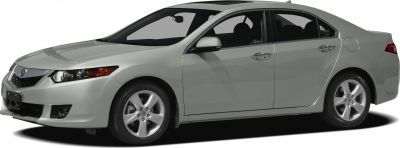
| Production: | 2009-2011 |
|---|---|
| Model Year: | 2009 |
| Length: | 4726 mm186.1 in |
| Width: | 1840 mm72.4 in |
| Height: | 1440 mm56.7 in |

| Production: | 2003-2007 |
|---|---|
| Model Year: | 2003 |
| Length: | 4720 mm185.8 in |
| Width: | 1800 mm70.9 in |
| Height: | 1416 mm55.7 in |
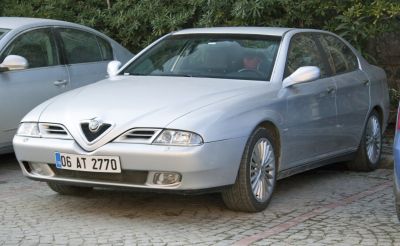
| Production: | 1998-2003 |
|---|---|
| Model Year: | 1998 |
| Length: | 4720 mm185.8 in |
| Width: | 1815 mm71.5 in |
| Height: | 1406-1416 mm55.4-55.7 in |

| Production: | 2024-present |
|---|---|
| Model Year: | 2025 |
| Length: | 4725 mm186.0 in |
| Width: | 2068 mm81.4 in |
| Height: | 1440 mm56.7 in |
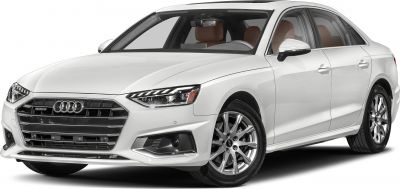
| Production: | 2019-2025 |
|---|---|
| Model Year: | 2020 |
| Length: | 4762 mm187.5 in |
| Width: | 2022 mm79.6 in |
| Height: | 1431 mm56.3 in |
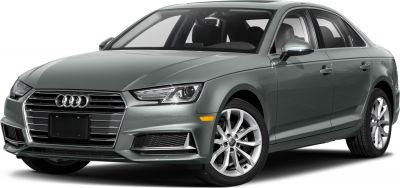
| Production: | 2018-2019 |
|---|---|
| Model Year: | 2019 |
| Length: | 4738 mm186.5 in |
| Width: | 2022 mm79.6 in |
| Height: | 1428 mm56.2 in |
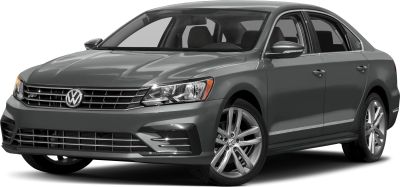
| Production: | 2014-2019 |
|---|---|
| Model Year: | 2015 |
| Length: | 4767 mm187.7 in |
| Width: | 2083 mm82.0 in |
| Height: | 1456-1476 mm57.3-58.1 in |

| Production: | 2018-present |
|---|---|
| Model Year: | 2019 |
| Length: | 4761-4778 mm187.4-188.1 in |
| Width: | 2040 mm80.3 in |
| Height: | 1431 mm56.3 in |
